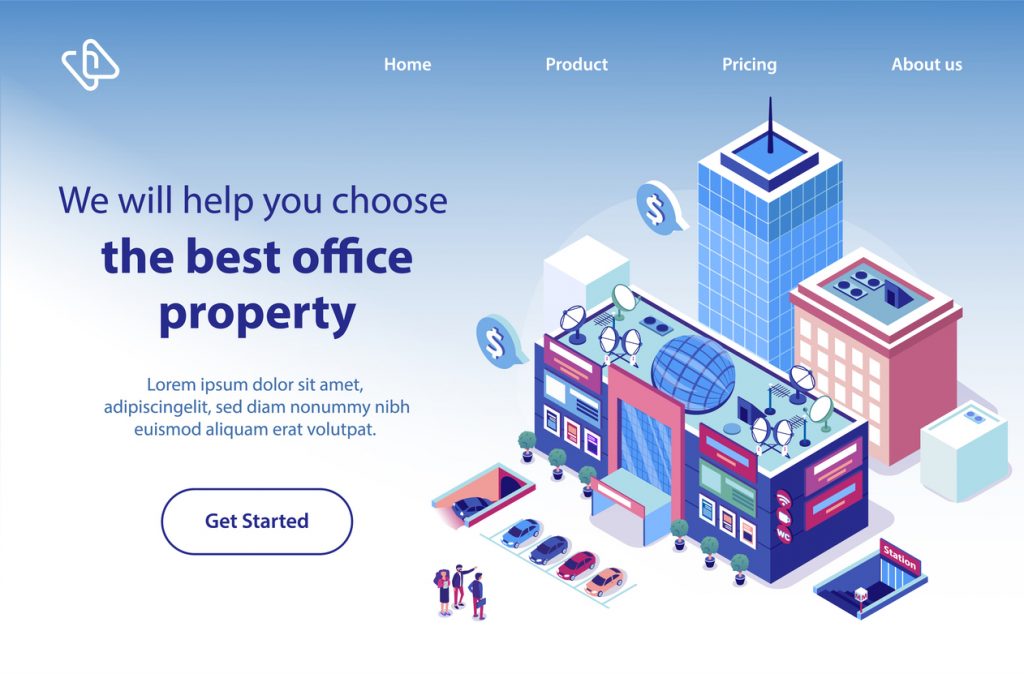How to Build an SEO Strategy That Dominates the Insurance Market
HOW TO BUILD AN SEO STRATEGY THAT DOMINATES THE INSURANCE MARKET
Insurance companies have a unique set of goals to achieve through their websites. With so many companies out there, the competition is very stiff. The websites have quote tools, quote comparison options, and even package information. What you have to do is get the attention of your audience and convince them to ask you for a quote or use the tools on your site so you can convert them into customers. To get them there, you must have a strong SEO strategy, or they may not find your insurance website in the first place.
Preparing to Build a Strong Insurance Website SEO Strategy

SEO will give you a great edge when competing with other insurance companies. If your insurance SEO is done right, you can win the war for traffic and outperform your competitors. This means properly utilizing highly competitive insurance-related keywords on your website and even outside of it.
To prepare for building a strong SEO strategy, you must do the keyword research. This can be done using the Google Keyword Planner. You can also check out the related keywords in Google when you perform a relevant search to see what people are looking for.
Once you have your keywords, you need to map out your content so you know where it is going to go. Make sure there is no duplicate content and that the topics are as diverse as possible. Even a related topic can lead to accidental duplication. When determining what content is needed, think of the questions that customers frequently ask. Write blog posts and articles relating to those frequently asked questions. People come to insurance websites for answers, so give your visitors what they’re looking for.
Crafting an SEO Strategy for Your Insurance Website

Once you have mapped out the content, it’s time to write it and integrate it into your website. However, make sure that the content isn’t the only thing you lean on. An effective SEO strategy has many moving parts. Link to authoritative websites in some places throughout your content, but don’t do it too much. You must also make sure your pages are linked to each other. Internal linking is an important part of ensuring search engines index every nook and cranny of your website.
You can also use the following checklists to help you ensure your insurance website is competitive.
For on-page SEO:
- Have a keyword in your page title
- Make sure there are headings tags throughout (H1, H2, H3, etc.)
- Keep track of the website’s bounce rate to see what percentage of users are leaving quickly
- Create a sitemap and submit it to Google
- Necessary duplicate content should have canonical tags
In addition to your on-page SEO, get some high-ranking websites to link to you. Don’t create a bunch of links yourself because that can look spammy. People used to go to directories and create inbound links to their websites in order to add some “link juice.” Google catches on to tactics like this. If they see a tactic as spammy, it gets classified as a black hat SEO move that you just want to stay away from. Sure, there are times you are going to create links to your site, particularly when you list with sites like Yelp. However, you don’t want to go and create a hundred links in a week. It’s best if it happens naturally.
One way to encourage organic links is to create a blog. If you provide people with valuable content on a regular basis, they are more likely to share the website. The topics should be interesting because visitors won’t share boring content or content they’ve seen before.
The Power of Social Media

You also want to make sure you use social media. Put social media share buttons on your website so your pages and blog posts can be shared. You want your content shared on Facebook, Twitter, Instagram, and wherever else your visitors want to spread it around. It’s much easier for them when they have buttons, especially when accessing your website from their mobile devices.
In the meantime, make full use of your own social media accounts. When there’s an update, let your followers know about it. When a new blog post is posted, share it. Not only does posting updates, deals, valuable tidbits of information, and blog posts keep your audience informed, but you encourage your audience to share the information. This can grow your following over time. A larger following means more shares. More shares mean more business. Overall, everything you do on your website and off of it fits together like a puzzle. You just have to make sure you create a plan, document the plan, and follow it. Skipping a step or not doing everything in a specific order can have a negative impact on your SEO efforts.
Need help with your website SEO? Click here to get a FREE SEO Analysis













